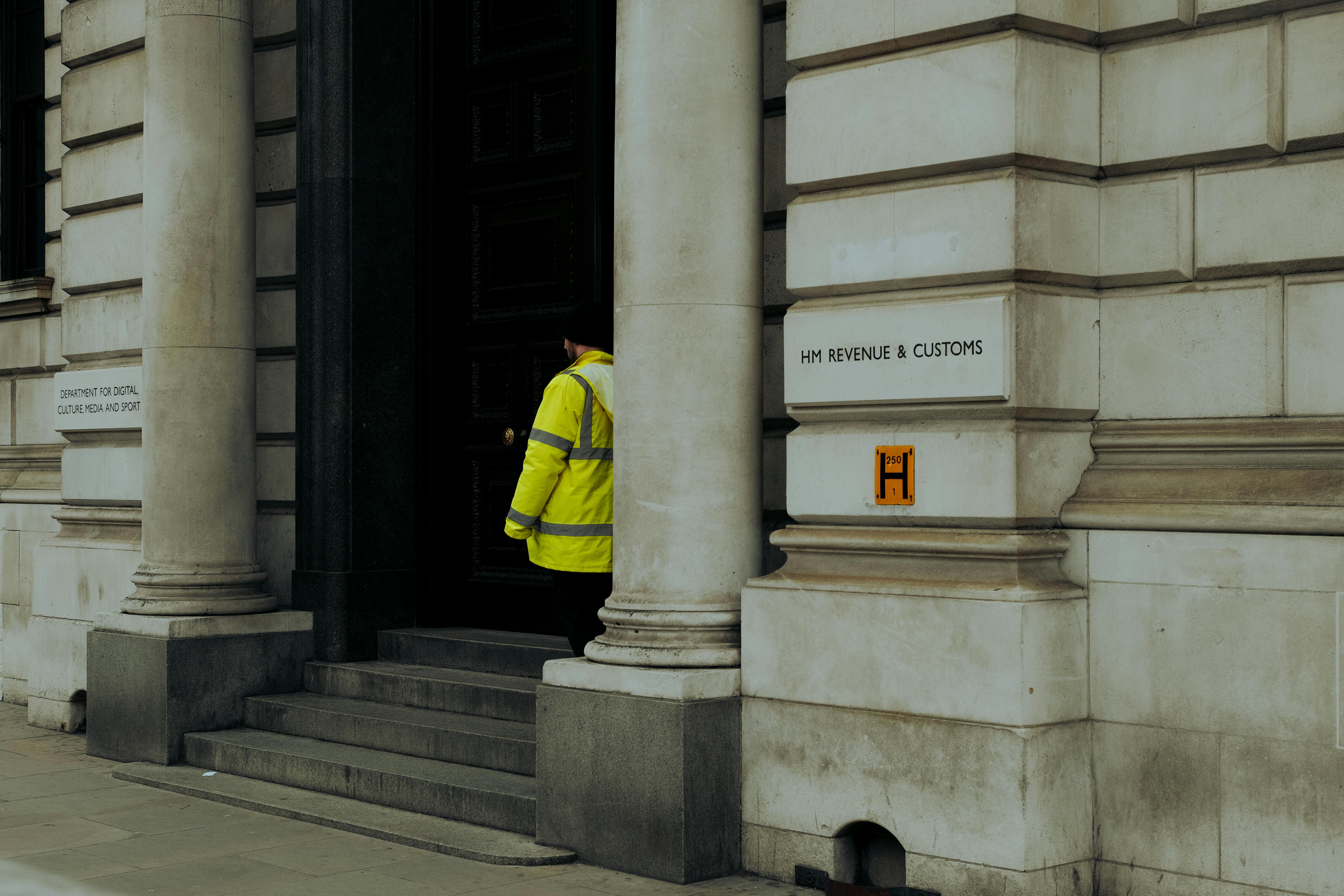Ways for high earners to reduce their tax bill in the UK. When you earn higher incomes, you can enjoy a better lifestyle and save more for retirement. You can create wealth and look for ways to retain and grow it. However, high earners in the UK have higher tax liabilities. For example, the tax rate in the country for the top bracket of income is presently at 45%, This means that if you do not strategize to reduce your tax bill, your wealth can start to erode faster than it gets created.
The good news is that there are different ways to minimise your tax liabilities, be it your current ones or future. All of these are legal routes that help you optimize your tax strategy.
This guide offers an in-depth understanding of these methods to help high earners reduce their tax burden.
Tax Planning: Importance
It is crucial to pay attention to your taxes. It forms the basis of your financial planning. You need to optimize the available tax deductions and breaks. This helps safeguard your wealth.
Wealth is created not just by earning more but also by managing it the right way. Financial management should incorporate tax-efficient methods. This helps in two ways. First, it helps minimise your tax liabilities. Second, it helps you save your hard-earned money and invest it optimally to keep earning worthwhile returns.
The tax system in the UK can get pretty complex. It can be challenging to navigate this territory without help from professionals.
The Main Tax Components in the UK
The main taxes in the country are –
- Income Tax: the tax slab varies from zero percent to 45% based on the income. It is also applicable to other forms of earnings – dividends, interests, and savings.
- Capital Gains Tax: this tax is charged on investment gains if the annual threshold is crossed. As per the 2023-24 tax year, the threshold amount is £6,000. The tax charged is between 10% and 28% of the gains. This is also applicable in the event of selling possessions like your second property. The sale value should exceed £6,000. You can find more details about the latest changes in the capital gains tax here.
- Inheritance Tax: The applicable tax is 40% on your possessions which could be your real estate, money, or other possessions. The rate is charged on values above £325,000.
When is the Right Time to Start Tax Planning?

Tax planning should be an ongoing process. However, when the calendar year begins, i.e. before 6th April, you need to pay special attention to tax planning to ensure that your finances are in good condition.
You can identify tax saving opportunities and benefit from different tax relief schemes. A financial review should be scheduled in March with your accountants so that your HMRC self-assessment is accurate.
You also need to take advantage of different tax allowances announced by the government as these usually run on the ‘use it or lose it’ approach. This means that any unused allowance in this tax year is lost when the year is over.
Ways for High Earners to Reduce Tax Bills in the UK

- Take Advantage of the Personal Income Tax Allowance
Each person in the UK enjoys a personal income tax allowance of up to £12,570. This means that all earnings up to £12,570 are not taxed in the UK. Earnings can be the income you earn from your employment, your rental income, redundancy payments, interest earned on savings, and pension income.
You may not be able to claim the personal allowance relief, wholly or partially, if you earn more than £100,000 including bonuses. This is per the system of taper relief. If you start to pay it in your pension account, you can avoid high taxes and reclaim your personal allowance.
- Take Advantage of Marriage Tax Allowances
As per the existing laws in the UK, a married person or someone in a civil partnership is permitted to transfer some amount to their spouse or partner. About 10% of their personal income tax allowance can be transferred.
Married couples or those in civil partnerships can work together and collaborate to reduce their tax liabilities. Of the two, the one earning a lower income should earn less than £12,570 or the personal allowance, while the other partner should be earning less than the higher tax threshold of £50,271. With the transfer of the personal allowance, the couple can save up to £250 each year. An amount of £750 can be saved by backdating the application to up to 3 years.
- Personal Savings Allowance
In many cases, the interest on your savings can be tax-free. The calculation is as below –
| Taxpaying slab rate | Saving Interest tax-free |
| Taxpayers who do not pay income tax | Up to £1,000 per year |
| Basic-rate taxpayers | Up to £1,000 per year |
| Higher-rate taxpayers | £500 per year |
| Joint savings with your partner/spouse | A maximum of £2,000 can be saved tax-free |
Additional-rate taxpayers need to pay tax on any interest earned on their savings.
- ISA Contributions
Individual Savings Accounts or ISAs in the UK are an alternative to reduce your tax liabilities. All interests, capital gains and dividends earned in an ISA are tax-free. With ISAs, individuals can save and invest on a long-term basis.
The ISA works as a wrapper where you can collate assets including shares, stocks, and cash. The interest earned on these assets in the ISA does not attract income tax, dividends tax or capital gains tax.
You can take advantage of ISA contributions. Every person in the UK has an annual ISA allowance of £20,000. This allowance can be utilized across different ISAs like Cash ISA, Innovative ISA, Stocks and Shares ISA, and Lifetime ISA. You can also allocate the allowance into one ISA. This allowance can be used to invest in shares and stocks. This helps protect your assets from tax. If you have AIM shares in your ISA, you need to pay inheritance tax only for two years and then it can be tax-free.
- Dividends allowance
Dividends tax-free is another entitlement for all individuals in the United Kingdom. Every person can receive up to £1,000 tax-free dividends annually. For 2022-23, this allowance was up to £2,000. In the year 2024-25, the allowance has been set up to £500. This means that in the absence of any tax-efficient investment, you will pay high annual dividends tax. But you still have the allowance to use to save some tax on your earnings.
- Annual Pension Contributions
Every individual in the UK can contribute to a pension till they are 75 years old. The annual contribution is £40,000 a year. It can be 100% of your yearly earnings. High earners have some restrictions though. This applies as a tapered pension annual allowance. Inside the pension, funds can be grown with zero capital gains tax and income tax. Additionally, when the pension holder passes away, pensions do not attract any inheritance tax.
For business owners, their companies can contribute to the pension of the owner. This works as a deductible business expense vis-a-vis corporation tax.
Other than the regular pension annual allowance, you can also carry forward the pension allowance for the past 3 years. This means that you can contribute up to £160,000 to your pension account. (£40,000 x 3 = £120,000 + £40,000 from the current year).
It can be difficult to navigate through this landscape. It is best to speak with a professional expert who can help you with pension planning.
- Capital Gains Tax Allowance
You may be required to pay capital gains tax (CGT) on financial gains when you invest outside an ISA, possessions valued at £6,000, an additional property, or other tax-efficient schemes. In the UK, every individual enjoys up to £6,000 annually as a capital gains tax allowance. This amount was £12,300 in 2022-23 and is about £3,000 for the tax year 2024-25.
For the year 2023-24 tax year the rate was different based on your income tax band. For basic rate income taxpayers, the current rate for CGT is as below –
| Asset Type | CGT Rate (%) |
| Residential Property | 18% |
| Chargeable Asset | 10% |
For higher taxpayers, the current rate for CGT is as below –
| Asset Type | CGT Rate (%) |
| Residential Property | 28% |
| Chargeable Asset | 20% |
There is also the option to transfer some of your assets to your partner or spouse if your earnings are more and you pay more income tax than them. Up to a limit, the assets attract zero capital gains tax. This results in a gain subsequently.
Taxable investments can be sold and reinvested tax-efficiently. Also, if your gains are more than the annual capital gains tax allowance, you may take the help of HMRC-approved investment wrappers that are tax-efficient. Common examples are EIS and SEIS-eligible investments. These investments help you prevent and completely minimize capital gains tax bills. This way you can optimize the efficiency of income and inheritance tax.
- Take Advantage of EIS investments
High earners and even business owners pay a higher rate of tax in the UK. They can take advantage of the Enterprise Investment or EIS schemes to minimize their tax liabilities. EIS schemes attract different types of tax reliefs in the form of relief from income tax, capital gains, and inheritance tax.
EIS-eligible companies are either early start-up companies or companies that are scaling up. In this particular case, up to 30% of relief on income tax can be claimed. This helps reduce the income tax amount while also reducing the financial risks effectively associated with such investments.
Points to note about EIS and the associated tax reliefs are as below –
- Relief from Inheritance Tax – 100% IHT relief on your EIS shares when the shares have been held for at least 2 years. The shares should be in the name of the investor when they have passed away.
- A maximum contribution of either £1 million or £2 million annually. The only condition is that extra capital is put into knowledge-intensive companies [KICs]).
- Up to 30% income tax relief for your EIS investment.
- The EIS shares, if held for three years, can be tax-free upon disposal.
- If the capital gains are invested into an EIS-qualifying scheme, Capital Gains Tax due on additional assets can be deferred.
- Seed Enterprise Investment Schemes (SEIS)
SEIS is the Government’s latest announcement on EIS. SEIS comes with a range of tax reliefs especially for investors. There are higher risk considerations if the companies are seed-stage companies. As per the latest announcements of the Chancellor, the scheme has been made more generous and inclusive. Companies can now raise a maximum of £250,000 via SEIS, which is an increase of £100,000.
Companies that have been in trading for 3 years and have up to £350,000 can still qualify for SEIS. The SEIS investment on an annual basis for investment has doubled to £200,000.
SEIS tax reliefs are more generous vis-a-vis EIS.
- As of 2023-24, the maximum contribution is £200,000 per annum.
- Relief from income tax up to 50% on your investment.
- The capital gains are tax-free when disposed of if held for three years minimum..
- Up to 50% capital gains tax relief.
- Up to 100% IHT relief on SEIS shares.
- Investment in Venture Capital Trusts (VCTs)
You can create a portfolio of unlisted companies that are early-stage. This is to provide capital and loan to small businesses in the UK. VCTs offer a higher rate of return to investors. Business owners and high earners can contribute to Venture Capital Trusts up to £200,000 annually.
You can receive up to 30% tax relief on your investment. Dividends on such investments are free from tax. You do not have to pay any capital gains tax on the profits if you have stayed invested in the same VCT for 5 years.
Note: EIS, VCT and SEIS investments are risky and categorised as high-risk. There is no guarantee of returns either. Investors need to keep this in mind while choosing the right vehicle of investment to reduce their tax liabilities.
Conclusion

The UK Tax system can be pretty challenging and complex. You need to plan your tax strategy attentively and optimally to benefit and safeguard your wealth. You need to get help from professionals who will help you strategize effectively and tactically to reduce your tax bills phenomenally. You can choose from any of the tax-efficient investment wrappers to protect your savings and investment so that you can grow your wealth for the future.




